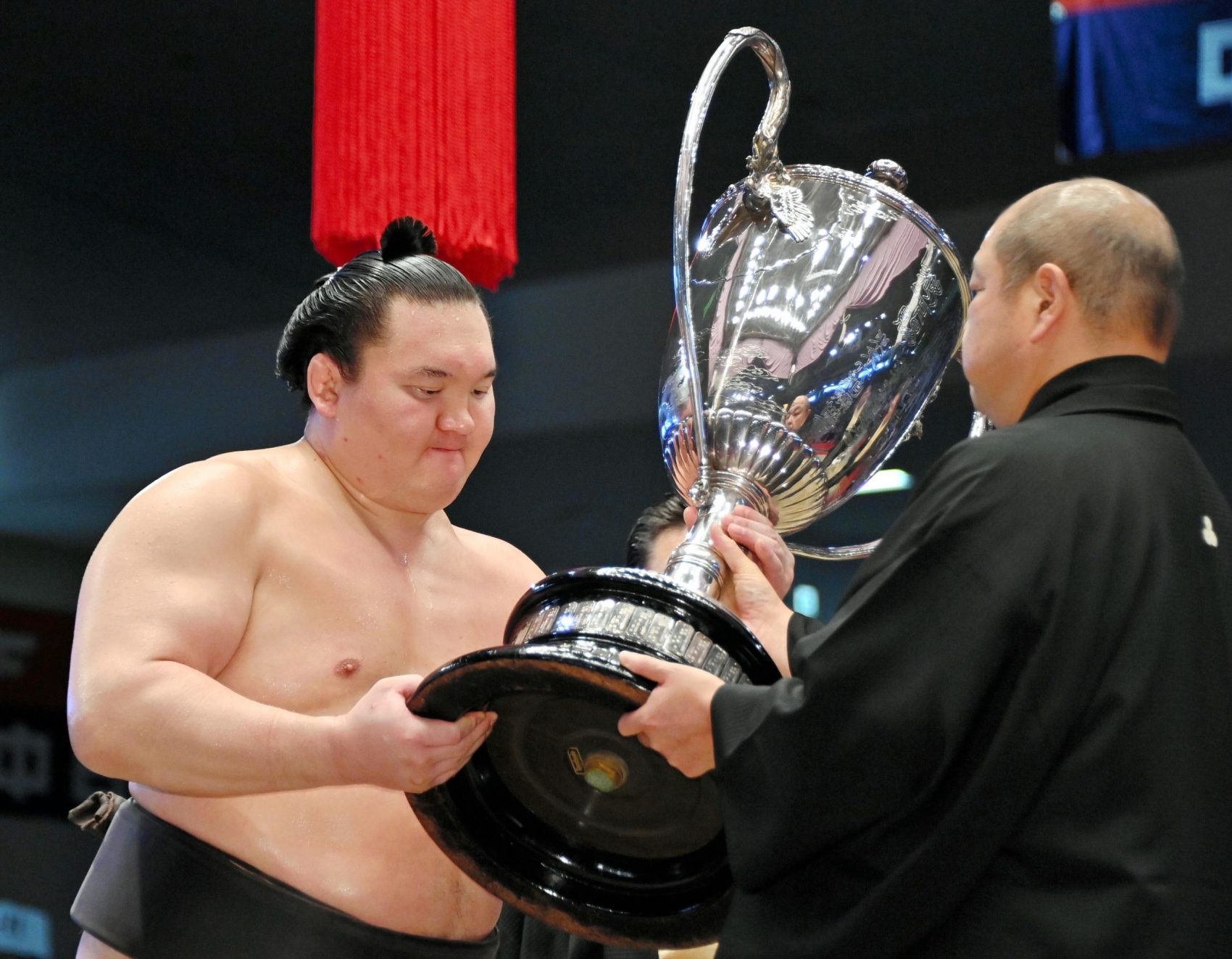
#Japan victory march series#
In all series except Series 10, all Pokémon may make use of the Dynamax phenomenon, and some Pokémon may take advantage of their Gigantamax factor.Neither Pokémon nor held items may be repeated on a team (“Species Clause”, “Item Clause”).Moves and Abilities made available through an official Pokémon event or promotion.Moves and Abilities passed via the Pokémon Nursery by a Pokémon brought in using Pokémon HOME.
#Japan victory march Patch#


The Decepticons, meanwhile, are progressively joined by more and more members of the elite Breastforce squad, including their scheming leader Leozack, who seeks to take leadership of the Decepticons from Deathsaurus, and the sneaky Hellbat, who's only looking out for himself.Īfter a series of energy-raiding adventures on Earth, the Breastforce target the Micromasters' homeworld of planet Micro, where they liberate their teammate, Guyhawk, enabling the team to combine into the mighty Liokaiser and finally defeat Star Saber in battle for the first time. As if that wasn't enough, a further six were released directly to video after the end of the series, bringing the total up to 44.Īccompanying them is Jan Minakaze, Star Saber's adopted human son, whose parents died in a Decepticon attack when he was just a baby, and Holi, head of the Micromaster Rescue Team, who soon arrive on Earth to be with their leader.
#Japan victory march full#
Kaneda did, however, script the Victory manga, with the massive storytelling gulf between it and the anime illustrating how few of Kaneda's ideas for the series actually made it into the show.įor an unknown reason-be it a rushed schedule, a diminishing budget (perhaps caused by Victory's uncommonly well-done animation) or something else- Victory's 38-episode run features a full six clip shows, containing no new footage or story at all. For whatever reason, though, Kaneda was less involved with the actual production of the finished series, with Hiroyuki Hoshiyama credited as the head writer. Perhaps most interestingly, characters based on Thunderwing, Crossblades and Vroom all appear in prominent positions among the Decepticons, and the treatment obviously called for the return of all six Headmaster Juniors from Masterforce to fill out the series human cast alongside Star Saber's human son, Jan Minakaze. His earliest treatment for the series-written in September 1988 and illustrated by Ban Magami, as seen at left-included protoypical versions of the characters who would be Star Saber and Deathsaurus-with Brainmaster and Breastforce gimmicks already in place-as well the Brainmaster trio, the Multiforce, a non-bestial Victory Leo and a four-man iteration of the Breastforce. Like Masterforce before it, the series takes a fresh-start approach, focusing on a cast of entirely new characters, although the connections between the previous series are a lot more clearly drawn than they were between Masterforce and The Headmasters, with repeated appearances by members of its cast.Įarly planning for Victory was done by Masumi Kaneda, who had also been responsible for The Headmasters and Super-God Masterforce. After the conclusion of the daring, unusual Super-God Masterforce, Victory took the continuing animated saga of the Transformers back to a much more basic approach, restoring an unmoving status quo of small groups of Autobots and Decepticons battling over energy on Earth.


 0 kommentar(er)
0 kommentar(er)
